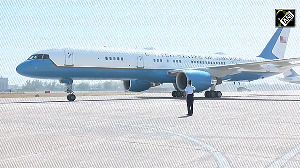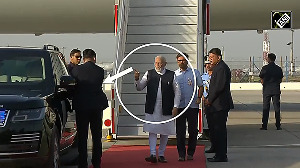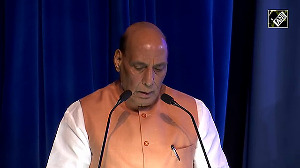Six years of obstacle-ridden negotiations between India and the 10-member Association of South-East Asian Nations have finally culminated in giving shape to a Free Trade Agreement that the trade ministers of all these countries are comfortable with. The deal is to be formally inked in December, during the India-Asean summit in Bangkok, which is expected to be attended by Prime Minister Manmohan Singh.
Though some segments of Indian industry as well as farmers, especially plantation owners, are wary about what the FTA might mean in terms of imported competition, the government is confident that the overall benefits will outweigh any possible negative impact in some sectors. There is good reason for this optimism, even if the worries are not wholly unfounded.
The FTA will provide Indian trade and industry with access to a large and vibrant market in a region that is increasingly prosperous. This market is bound to expand further as the Asean trading bloc is already in talks with countries like China, Japan, South Korea, Australia and New Zealand for free or preferential trade pacts. Should some of these materialise, they would pave the way for the eventual creation of a huge European Union-style common market, to the benefit of all.
The FTA needs to be viewed also against the backdrop of the breakdown in the Doha round of multilateral trade talks. For India, this FTA is a part of its look-East policy as well. The scope of the agreement is likely to widen in the future as Asean has agreed to begin negotiating on trade in services and on investment flows.
The FTA will result in import tariffs on some 80 per cent of the goods traded between the signatory nations being reduced to nil in a phased manner. This would benefit, in particular, sectors like steel, some types of auto components and engineering goods. This is a net gain for India.
At the same time, there is little doubt that India has conceded some ground to accommodate the specific demands of countries like Vietnam, Indonesia and Malaysia. But this is not a one-way street; the Asean members have also relented from their earlier stand on India's long negative list of goods that are to be free from any mandatory tariff cuts. As a result, the agreement permits India to have a negative list of 489 items (including products from agriculture, machinery, automobiles, chemicals, plastics and the like) and, in addition, an even longer list of 606 sensitive goods identified for only partial duty reductions.
The main worry from the Indian viewpoint is with regard to items like tea, coffee, pepper and spices where tariffs will have to be reduced, albeit only partially, from the almost 100 per cent today, but gradually over the next 10 years. In most other sensitive items, including palm oil, the reduction is to be in only what are called the bound rates, which are much higher than the actual tariffs that are applied.







 © 2025
© 2025